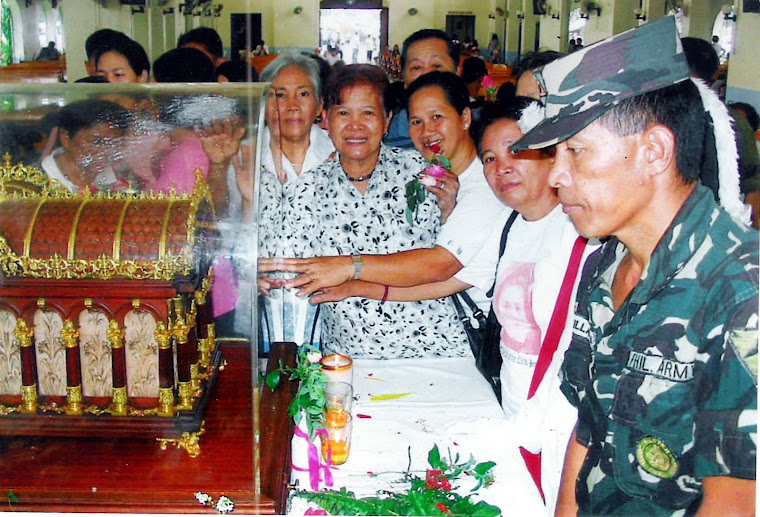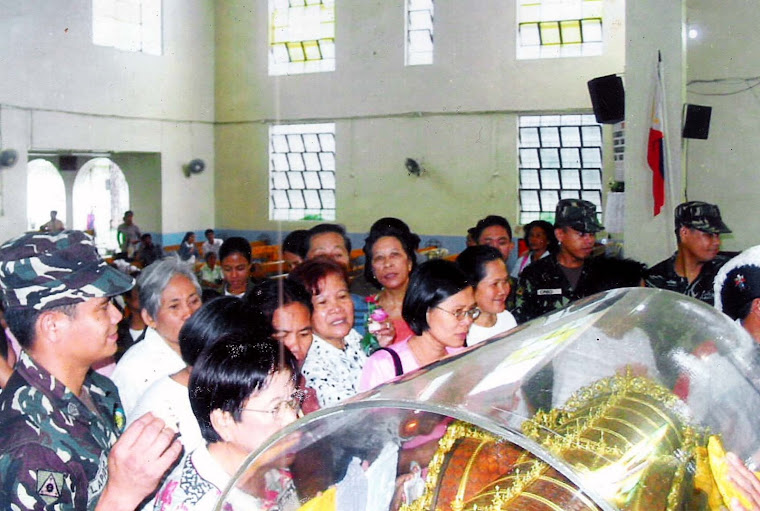
In many Christian churches, Palm Sunday is marked by the distribution of palm leaves (often tied into crosses) to the assembled worshipers. The difficulty of procuring palms for that day's ceremonies in unfavorable climates for palms led to the substitution of boughs of box, yew, willow or other native trees. The Sunday was often designated by the names of these trees, as Yew Sunday or by the general term Branch Sunday.
According to the Gospels, before entering Jerusalem, Jesus was staying at Bethany and Bethphage, and the Gospel of John adds that he had dinner with Lazarus, and his sisters Mary and Martha. While there, Jesus is described by the Synoptic Gospels as sending two unnamed disciples to the village over against them, in order to retrieve a colt that had been tied up but never been ridden, and to say, if questioned, that the colt was needed by the Lord but would be returned in a short period of time. Jesus then rode the colt into Jerusalem, with the Synoptics adding that the disciples had first put their cloaks on it, so as to make it more comfortable. The Gospels go on to describe how Jesus rode into Jerusalem, and how the people there lay down their cloaks in front of him, and also lay down small branches of trees. The people are also described as singing part of Psalm 118 - ...Blessed is He who comes in the name of the Lord. Blessed is the coming kingdom of our father, David. ... (Psalms 118:25-26). Where this entry is supposed to have taken place is unspecified; some scholars argue that the Golden Gate is the likely location, since that was where it was believed the Jewish messiah would enter Jerusalem; other scholars think that an entrance to the south, which had stairs leading directly to the Temple, would be more likely (Kilgallen 210). According to Jewish tradition (Sefer ha Zohar, part about donkey driver) the one who is able to bridle and ride a colt (or donkey) has a status of Messiah.























No comments:
Post a Comment